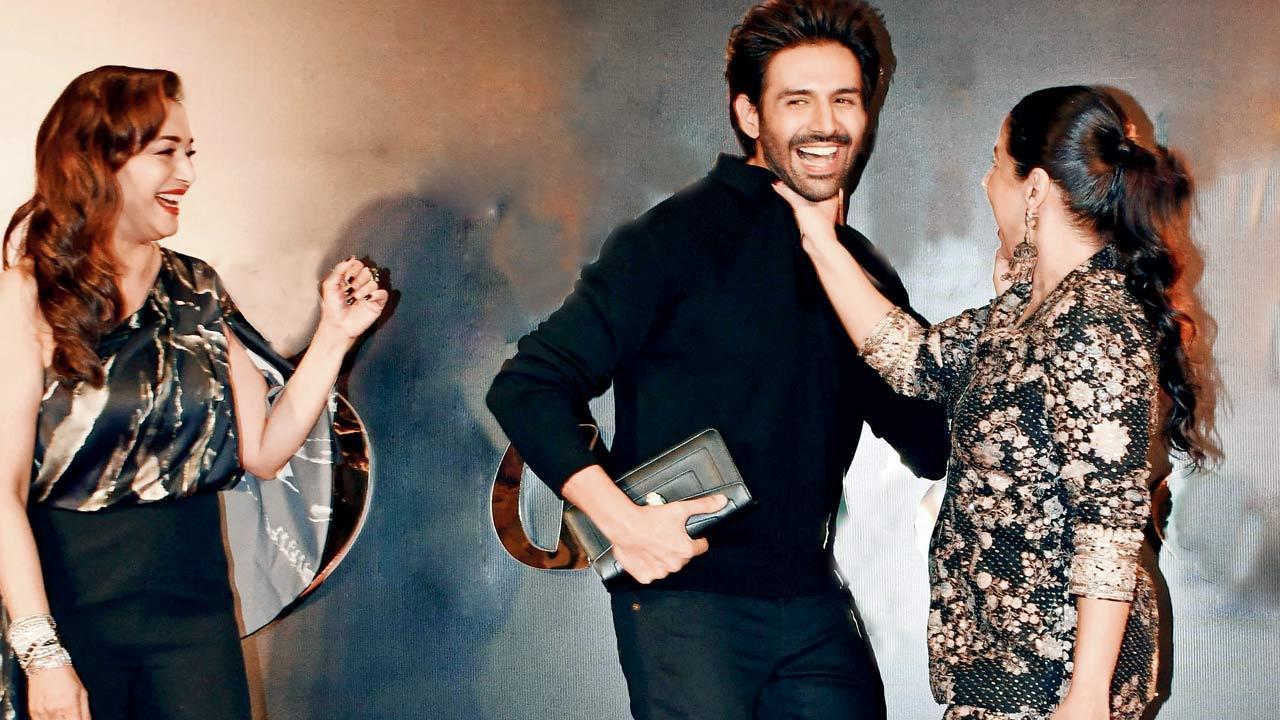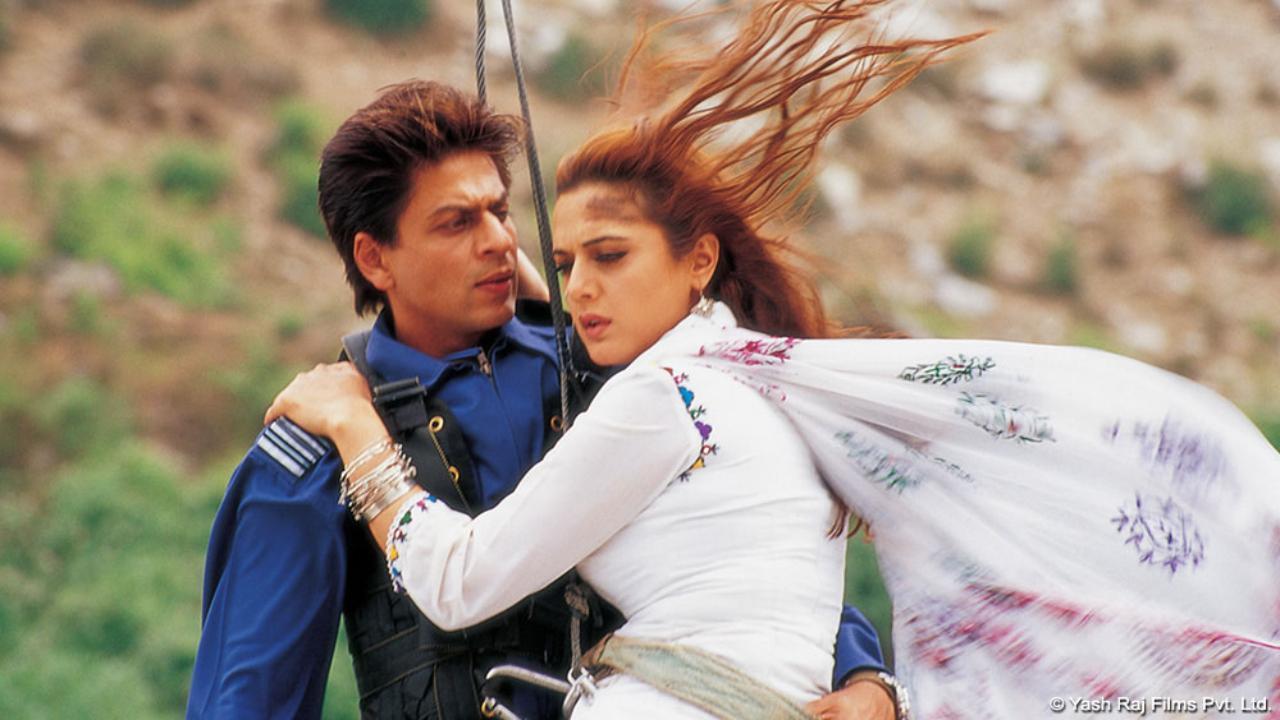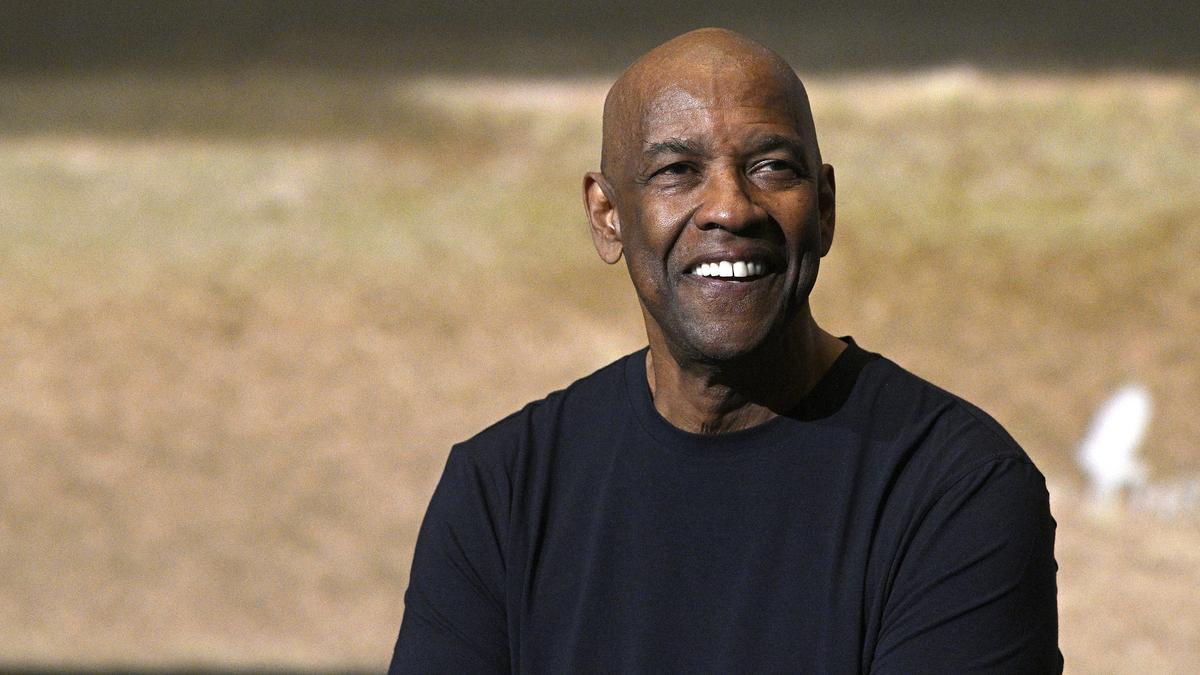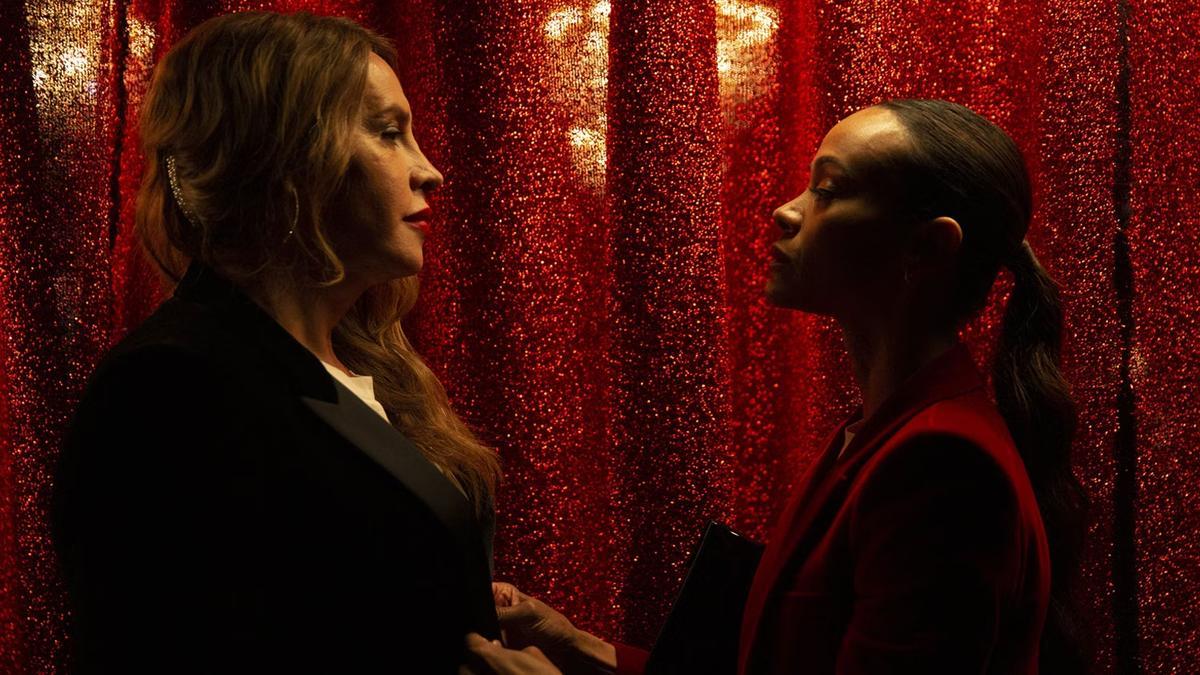
One cannot overlook the impressive visual aesthetics in the Telugu film ‘Gaami’, recently released to much fanfare. At the heart of its rich visual storytelling is cinematographer Vishwanath Reddy Chelumalla, who helmed the lens for a significant part of the movie, complemented by some contributions from Rampy Nandigam. In his debut interview, Chelumalla shares that the film, which took over seven years to produce, reflects a visual style that has been in development for quite some time.
Currently, Chelumalla is engaged in mastering artificial intelligence tools and enhancing his skills through a course in ‘prompt engineering’ designed for image generation processes. His forthcoming project is ‘8 Vasanthalu’, directed by Phanindra Narisetti, who previously worked with him on the acclaimed indie Telugu film ‘Manu’. Chelumalla is no stranger to collaboration with ‘Gaami’ director Vidyadhar Kagita, as their partnership traces back to the days when Chelumalla was capturing moments as a wedding photographer and later filmed Kagita’s short films ‘Vara’ and ‘Vaitarani’.
If ‘Gaami’s visuals struck you with their deliberately grainy texture, credit it to the filmmakers’ quest to evoke the warmth of analog in a digital format. Considerable research was directed towards selecting the ideal cameras and lenses for the film’s varying terrains and weather conditions, as three different stories unfold within its narrative.
Choosing to maintain a low profile until his work made substantial impact, Chelumalla reflects on his early years during the interview at UV Productions in Hyderabad. Emerging from a background devoid of film industry connections—his parents being government school teachers in Karimnagar—he initially pursued a B.Tech degree and ventured into wedding photography, also taking up a diploma in visual effects.
His tryst with photography began innocuously when his parents presented him with a Kodak point-and-shoot camera in seventh grade. However, his serious pursuit of photography did not blossom until 2009, focusing on landscapes and macros, avoiding portraiture due to his shy nature. He recounts a transformative moment when urged by a friend, he captured the visage of the then-President of India APJ Abdul Kalam during a campus visit, thus conquering his hesitation. By 2015, Chelumalla had become adept at wedding photography, which offered him financial security after discontinuing his B.Tech with numerous backlogs.
His meeting with Kagita at a wedding began a productive artistic association, creating short films particularly for contests like the 48 Hour Film Project. Having applied and obtained a scholarship to a Canadian film school, his plans changed when Narisetti approached him for ‘Manu’. Then came ‘Gaami’, where initially Kagita considered engaging three cinematographers for its triptych narrative but later handed the reins solely to Chelumalla, who happily committed several years to the project.
The team aspired to replicate on-screen analogue textures similar to that of film. The 2018 film ‘First Man’ served as a reference for the sought-after texture. However, the costly process of shooting on film—recalling segments of ‘Mahanati’—meant innovative emulation techniques using digital tools had to be applied. The Look Developer tool and Baselight Vision were used to study varying grain structures and color responses. The example of ‘Dune 1’, where digital footage underwent an intricate process of being printed to film, re-scanned, and digitally graded, was also cited, as was Christopher Nolan’s preference for analogue in films like ‘Interstellar’ and ‘Dunkirk’.
Despite monetary constraints in an indie project, the filmmakers sought to preserve their vision on a limited budget. Along with VFX supervisor Sunil Chinta, Kagita and Chelumalla explored pre-visualization techniques for a more immersive and expansive viewing experience, which became particularly crucial for large format screens at select multiplexes. For wider screens, they resorted to visual effects extensions and matte paintings to adapt to the imposing Himalayan landscapes.
Shooting sequences presented its own set of adventures, such as experiencing blistering heat in Nellore and navigating the bustling Kumbh Mela in Varanasi and Prayagraj. Some scenes were cleverly filmed in Hyderabad but manipulated to appear as though shot in the actual story settings. Hardships also included filming in extreme cold near Khardung La with crew members falling ill and being saved by the Indian Army, and leveraging a small on-location crew for practicality as well as a necessity.
Chelumalla mentions the Panasonic GH5S camera, which uniquely withstood the severe cold during shoots, analogous to how the Panasonic LUMIX GG5 aided a solo south pole expedition. Lighting setups to mimic the intense Himalayan brightness in Hyderabad for VFX shots involved an expansive assembly of LED tube lights.
Denying various offers during ‘Gaami’s protracted production became a concern for Chelumalla, who later realized the need to accept other work to maintain his industry relevance. Post ‘Gaami’, his sights are set on ‘8 Vasanthalu’, ready to tackle new filmmaking challenges.
The innovation and dedication of the team behind ‘Gaami’ tell an evocative tale of passion and perseverance. As Chelumalla ventures forward, his commitment to the craft of cinematography stands as a testament to the beauty of visual storytelling within the landscape of Telugu cinema.










